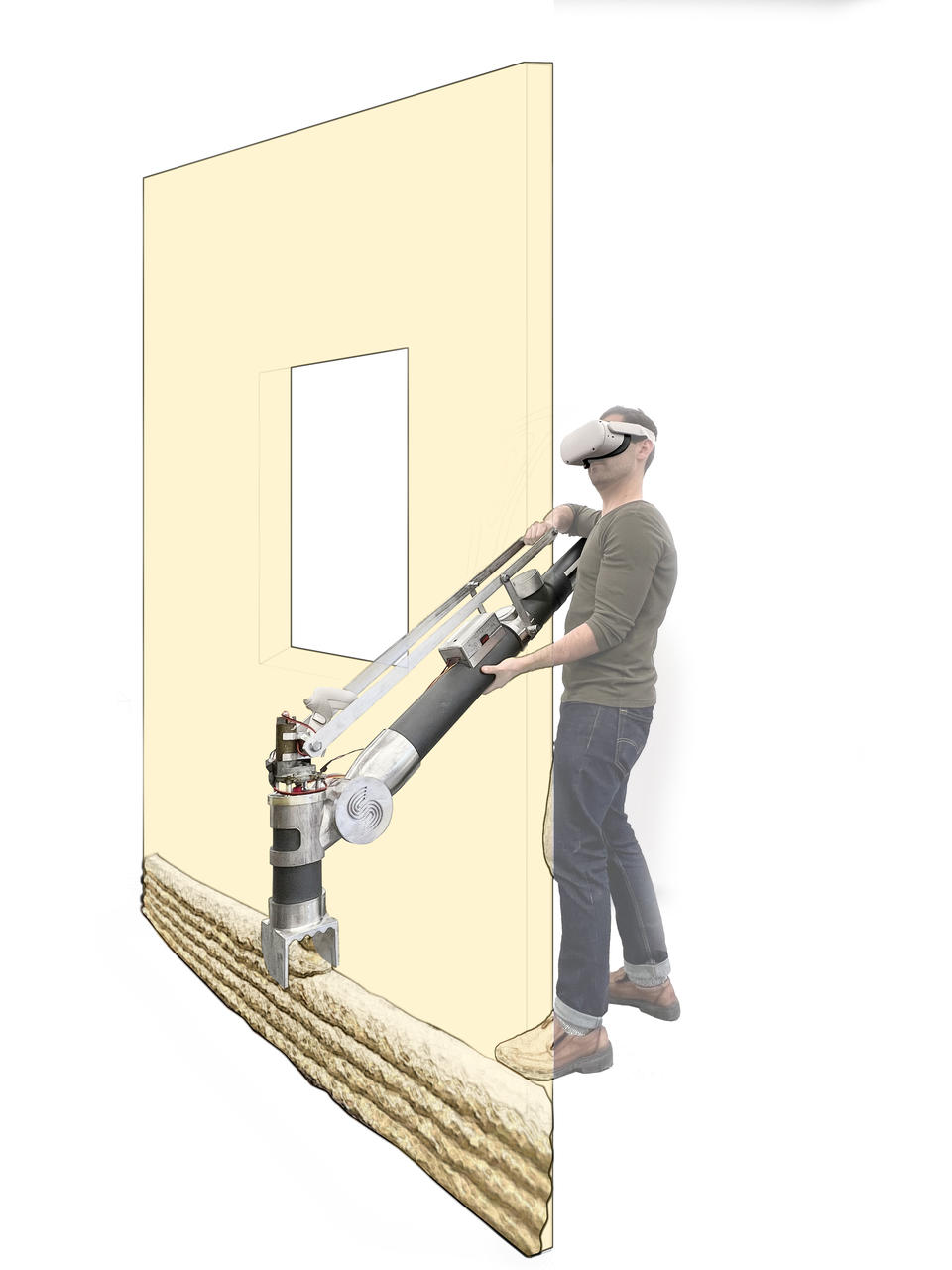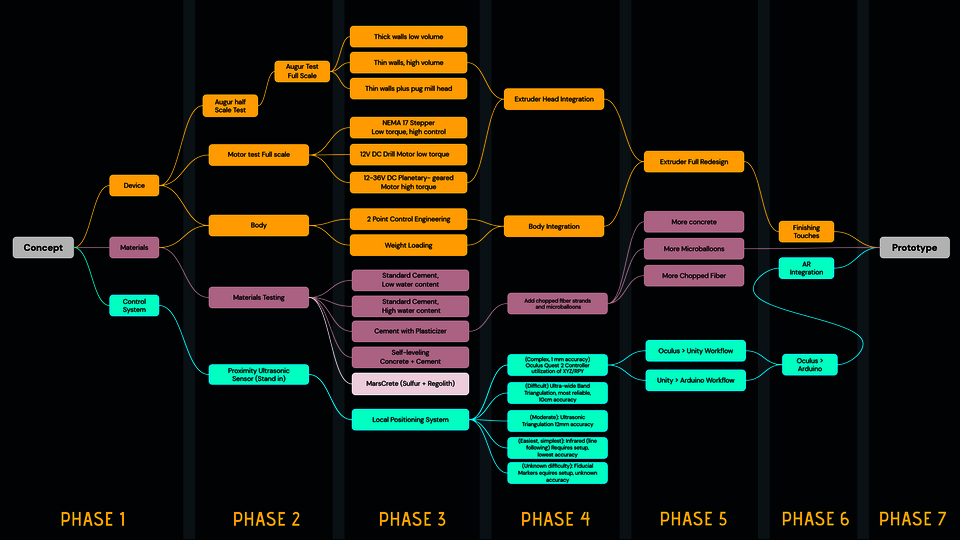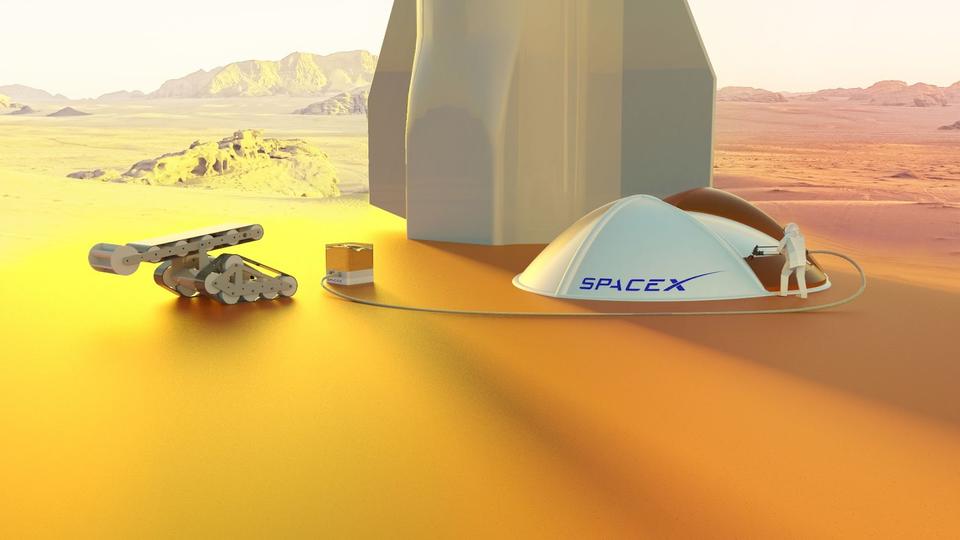Since early 2020, construction costs have risen 31% and over 1.2 million construction workers left the industry. This has increased industry adoption of 3D Construction Printers (3DCP), and boosted companies like ICON3D, COBOD, and WASP. This push has also led to adoption by SpaceX and NASA for future Lunar and Martian missions.
Leading 3DCP companies advertise improved costs, time, and efficiency, but they do not take into account issues like long setup times, logistics with large machinery, complex interfaces that necessitate operator specialization, and limitations in print area size. These issues ultimately prevent 3DCP from gaining any practical advantage over traditional construction, and relegate it to niche status. But what would it look like to overcome these issues? We’d need to create a tool with similar print accuracy that is quick to set up, mobile, easy to control, that works independently of other systems, and that is infinitely scalable.
In order to do this, I’m implementing a local positioning system that utilizes Computer Vision to allow such a device to immediately sense terrain and orient itself quickly. This positioning system, plus human locomotion, will forgo the need for the massive gantries necessary on larger printers. A visual interface will transcend language for maximum accessibility, and the positional data control will merely require mobility from the operator. A tool like this has no constrained print area.
My goal is to Design a better 3D Construction Printer for mass adoption by the industry; smaller, positionally-aware, with a simple visual interface.
Image
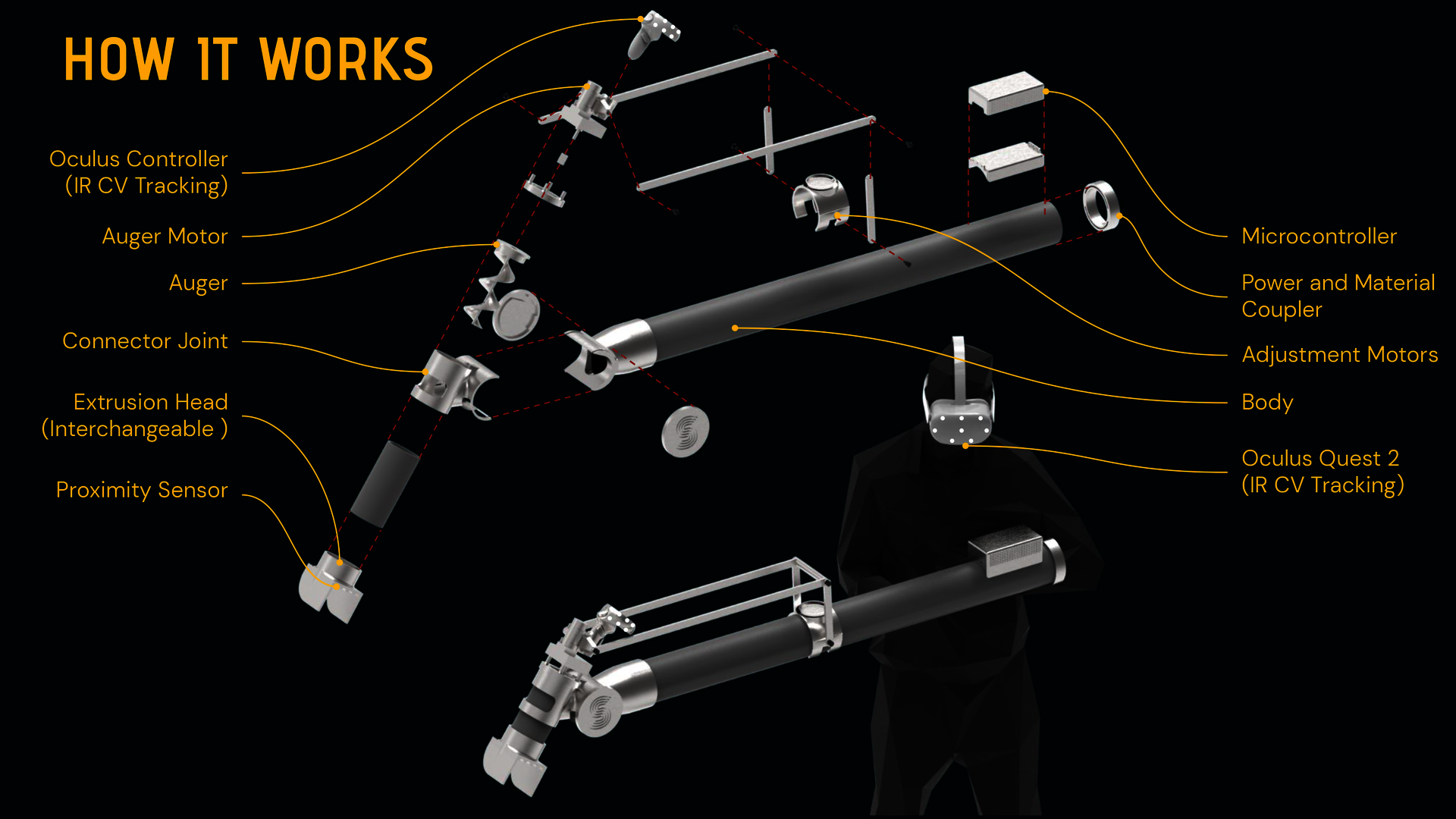
A diagrammatic breakdown of the concrete extrusion tool and how it works
A Better Building Tool
The concrete extrusion tool utilizes Computer Vision to know where it is in space, and shows the operator in realtime where they need to go and what they need to build, layer by layer, through a a simple Augmented Reality interface. To design and build a successful prototype, I thoroughly researched construction printing, rheology, computer vision, ergonomics, and inverse kinematics. I also extensively tested different extrusion materials, human motion ranges, and computer vision techniques.
Image
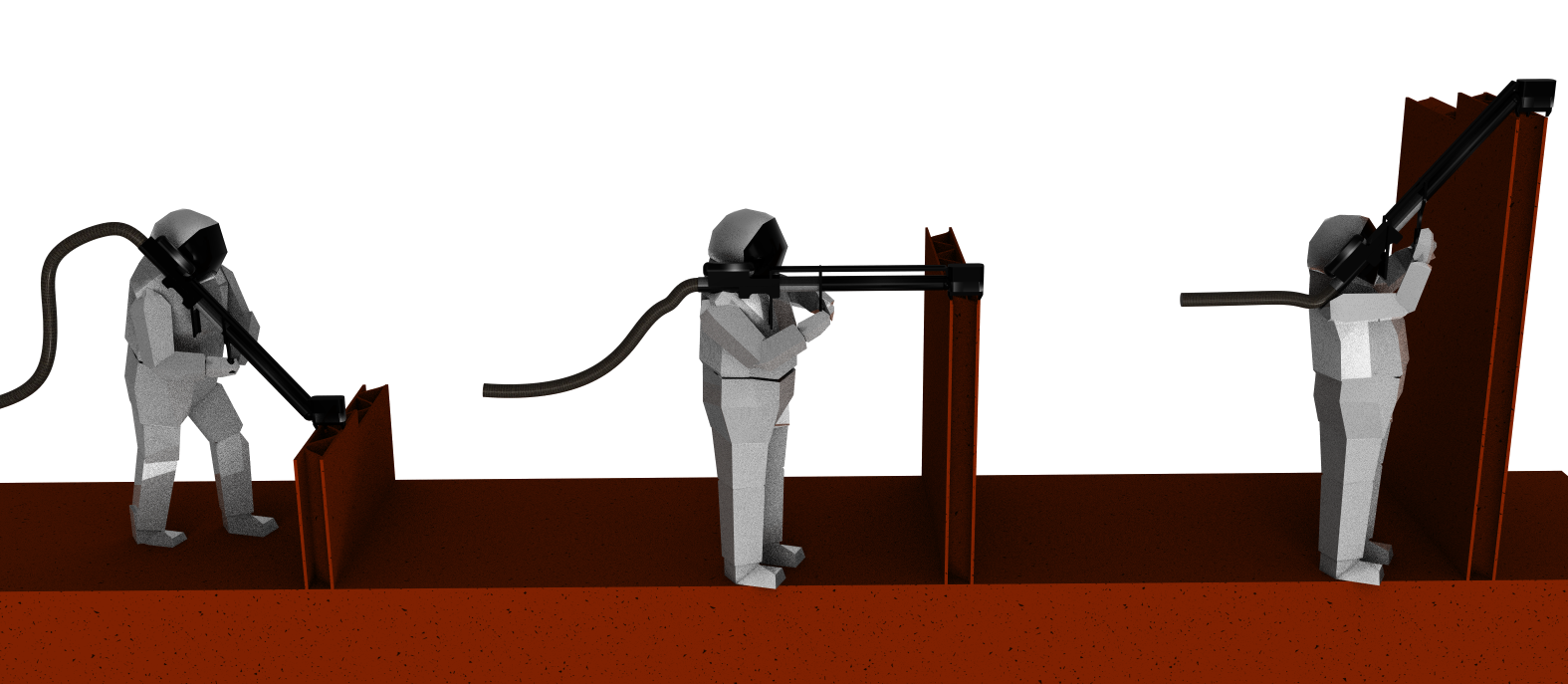
I originally intended to develop this solution as an infrastructural tool for use on Mars for the first astronauts to land there. After several suggestions to do so, I set my sights on achieving something a bit more terrestrial, first.
Current 3DCP Equipment
3D Construction Printers (3DCP), like COBOD’s here, are very precise, but still suffer from long setup times, large machinery sizing, complex interfaces that require operator specialization, and limitations in print area. If 3D printing could overcome these issues, it could be more than a novelty… 3DCP could democratize building by lowering construction costs and simplify logistics considerably. We could build faster, better, and at higher levels of complexity.
Image
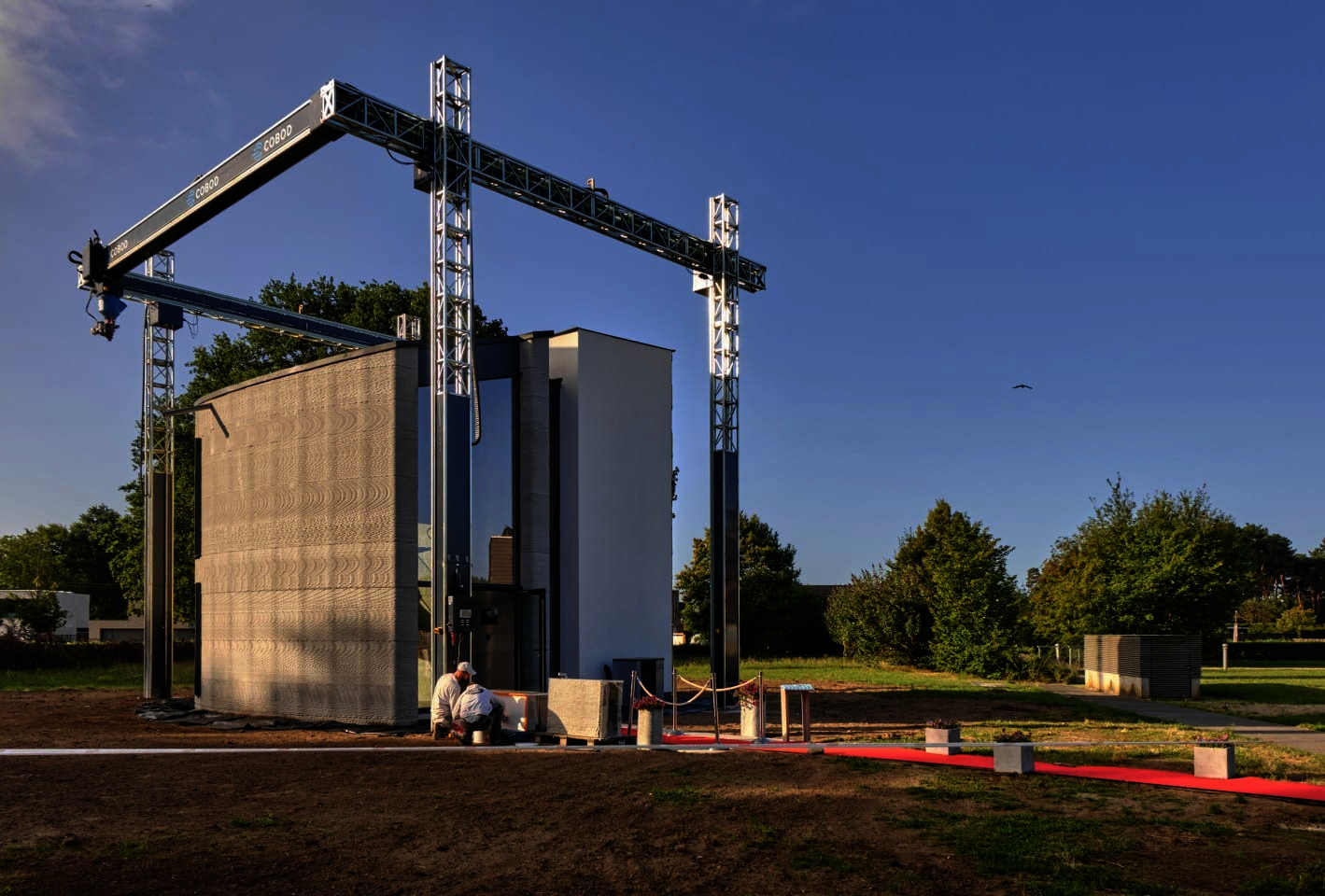
COBOD’s large, gantry-based Construction 3D Printer
Project Consultants
I spoke with many field experts to gain valuable perspective and insight into what the needs of such a tool might be, and how best to achieve those needs. I also connected with a multitude of prototyping experts on how best to physically and digitally meet these requirements.
Image
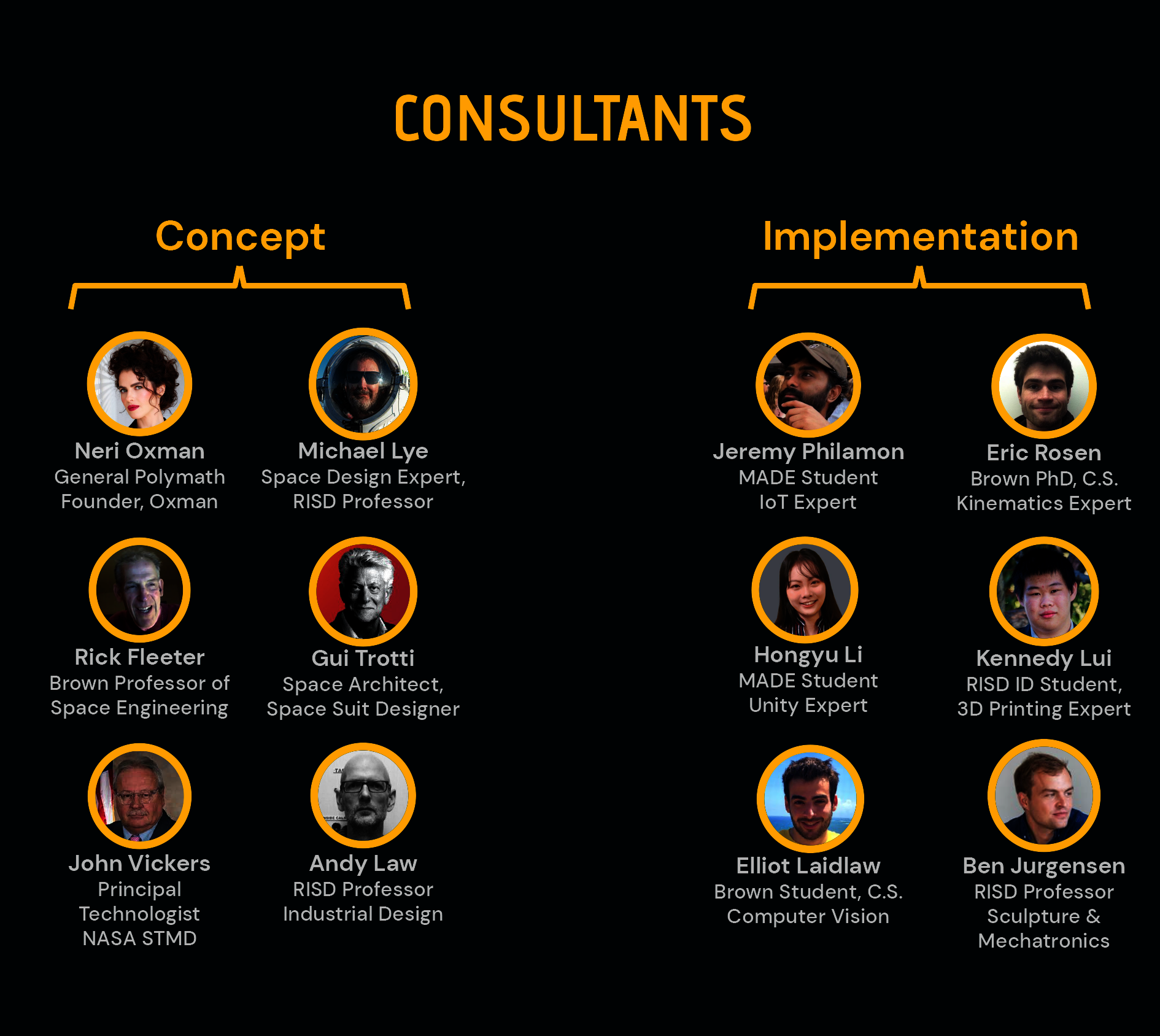
Goals and Prototyping
- Architecture
- Ceramics
- Design Engineering
- Digital + Media
- Furniture Design
- Global Arts and Cultures
- Glass
- Graphic Design
- Industrial Design
- Interior Architecture
- Jewelry + Metalsmithing
- Landscape Architecture
- Nature-Culture-Sustainability Studies
- Painting
- Photography
- Printmaking
- Sculpture
- TLAD
- Textiles
